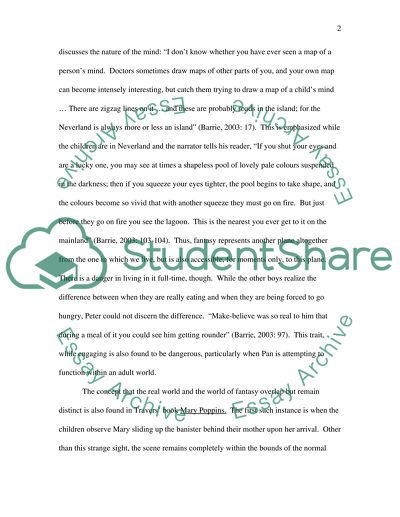Cite this document
(“Peter Pan and Mary Poppins: A Common Theme Essay”, n.d.)
Peter Pan and Mary Poppins: A Common Theme Essay. Retrieved from https://studentshare.org/literature/1543077-peter-pan-and-mary-poppins-a-common-theme
Peter Pan and Mary Poppins: A Common Theme Essay. Retrieved from https://studentshare.org/literature/1543077-peter-pan-and-mary-poppins-a-common-theme
(Peter Pan and Mary Poppins: A Common Theme Essay)
Peter Pan and Mary Poppins: A Common Theme Essay. https://studentshare.org/literature/1543077-peter-pan-and-mary-poppins-a-common-theme.
Peter Pan and Mary Poppins: A Common Theme Essay. https://studentshare.org/literature/1543077-peter-pan-and-mary-poppins-a-common-theme.
“Peter Pan and Mary Poppins: A Common Theme Essay”, n.d. https://studentshare.org/literature/1543077-peter-pan-and-mary-poppins-a-common-theme.


